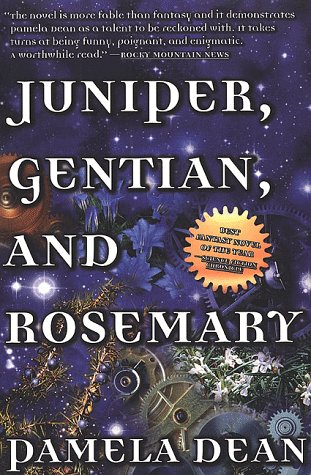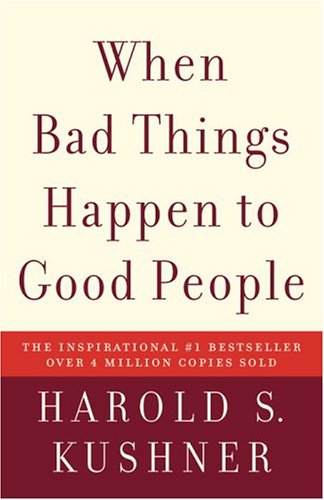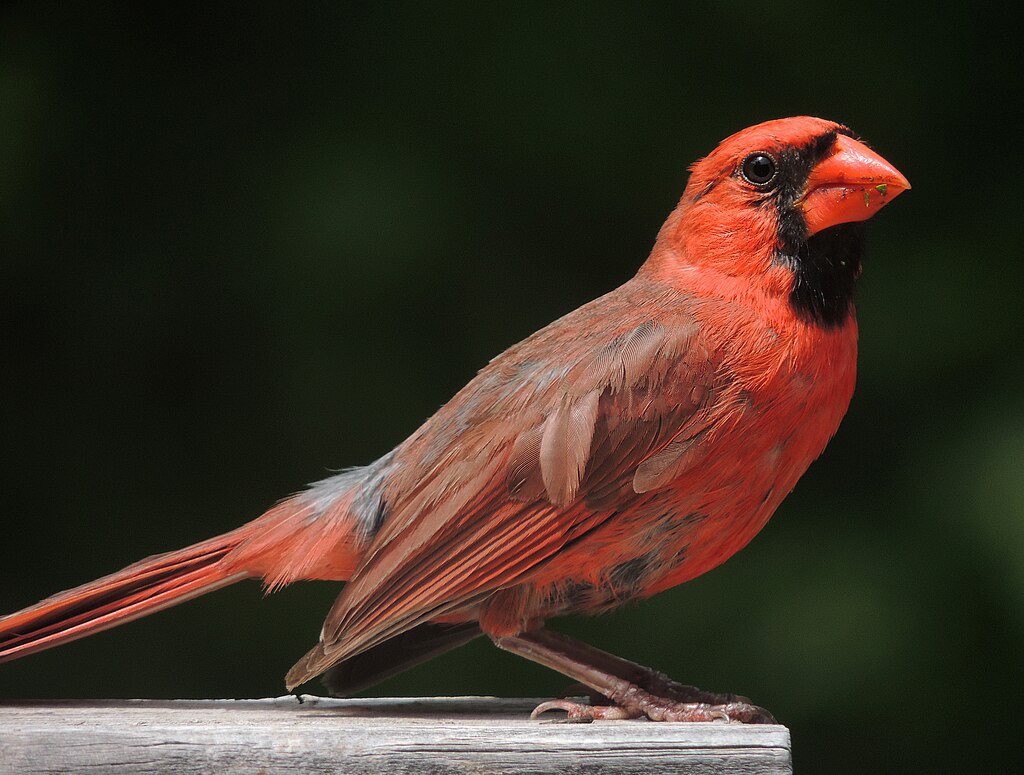Gentle Readers, I'm living in the U.S. on a writer's up-and-down income, and for the last two years that's been less than US$2000 for the year. (By way of comparison, foreign readers, people living in U.S. cities usually think they're doing well if they can live on US$2000 per month.) If your income for the year 2016 exceeded US$12,000 (or the equivalent in your kind of money), you need to be funding this web
Here are the options; so far as I know each of these is a legitimate funding/job-ordering site that works where I am, so you can choose one that works where you are:
https://www.patreon.com/user?u=4923804
https://www.freelancer.com/u/PriscillaKing
https://www.guru.com/freelancers/priscilla-king
https://www.fiverr.com/priscillaking
And I'm still at this site, although, last time I checked, the "i-frame" system was still there, making it unlikely that clients will get all of whatever I write for them, because our local Internet server scrambles anything coded inside an "i-frame." If you're a client from Hirewriters, Iwriter has a similar job-ordering system (and seems to be managed by nicer people)--but then there are the i-frames. If you've found me through this site, you're free to order and pay for a writing job through Iwriter, then request that what I actually wrote be re-sent through e-mail if what you get looks incomplete or incoherent.
https://www.iwriter.com/priscillaking .
Because people--specifically the people who whined for months, until the day I set up the Patreon page, that they wanted to support me online, and then checked out the Patreon page and didn't like it--have failed to use the Patreon page so far, last month I tested the system.
Fair disclosure: Yes, the Patreon and Paypal system will tap directly into your Paypal-linked bank account if it's active, rather than limiting itself to your Paypal account. This web site recommends the following strategies to limit potential hacking and scamming activity:
(1) Have a business account with Paypal, your Paypal-linked bank, and the IRS. Really determined people can use a business account to trace your real name, home address, etc., but most e-pests won't bother. The main thing is that any name, street address, or phone number you use online should be different from the ones in your actual home. If you don't do e-business from a real store or office, rent a post office box and voice-mail-only phone line.
(2) Use your Paypal-linked bank account for Paypal only--no checking, no savings. Do not allow the balance to exceed $100.
(3) If possible, have your Paypal-linked bank account with a different bank, and preferably in a different state, from any full-sized bank account(s) you may have.
(4) And if your Paypal-linked bank ceases to exist, and Paypal allows sites like Patreon to link to that long-defunct account rather than an active account at a real bank, all to the good.
Anyway, I now understand why the people who urged me to set up the online payment system decided they were just too old to bother with all that mess, but if you have an active Paypal account, the system should work beautifully for you. Yesterday an e-friend reported that dozens of writers are setting up Patreon accounts where you can support the production of more of your favorite books, blogs, poems, etc.
In July I was aware of two e-friends who have Patreon accounts; since I've linked to several of each one's posts, regular readers are aware of them too. I thought, "Dan Lewis or Naomi Parkhurst?" for a few uncomfortable hours, and finally decided, "Oh, there's no choice, no comparison; why not squander one e-dollar on each one." So I did...not because either of those writers seems to be anywhere near as low on money as I am, but just to test how easy it was to make those payments and no more.
The immediate result was, of course, "Why not me?"
The obvious answer was, of course, "Because I really couldn't afford to spend even those two dollars. No more money is available from me."
If some writers had been impolitely persistent they might have asked, "But why Lewis or Parkhurst instead of me?"
The answer to that would have been, "Because, in July, either you didn't have a Patreon account or I wasn't aware of it."
Gentle Readers, Patreon is set up to make it dead easy for you to pay $5 per month to as many bloggers as you see delivering a monthly magazine's worth of content, $1 to all those who deliver an occasional blog post you like or a steady supply of pleasing tweets on Twitter. Patreon works with Paypal for the express purpose of handling lots of $1 payments. You can be an e-patron to lots of different writers.
Here, once again, are the two accounts I supported, in alphabetical order: Lewis, Dan, finder of fun facts...I am aware of P.J. O'Rourke's warning
https://www.patreon.com/NowIKnow
Parkhurst, Naomi, knitting stitch pattern designer:
https://www.patreon.com/gannet
Now unfortunately Patreon does not make it easy to search for user pages. Their flashy new system tries to do too much, wastes too much memory, and makes a search take twenty or fifty times as long as older search systems that just waited for you to type in what you wanted, without trying to scan your computer's memory and guess. So this is, so far, the only other Patreon account that I recognized that I've found on Patreon:
https://www.patreon.com/knitty
I found e-friend and favorite author Pamela Dean from her blog:
https://www.patreon.com/pameladean
(She set up her account after I did...so why does everyone else have a normal-looking name on their account and I have a bunch of random numbers people can't remember?)
For those who've not already discovered Pamela Dean...fantasy-genre novels for girls, but the fantasies weren't romance or "princess" fantasies; they're about girl power through serious friendships among creative girls and young women. Such friendships exist in real life, although they're rare. They're awesome when they happen. So far as I know Pamela Dean has been the first author to celebrate what they sound like when they happen among young writer-type North Americans; certainly the best. Her heroines don't gossip, natter about clothes, or babble about sex; they collaborate. Women who recognize it, at any age, love these young adult novels:


They're not only good reads; they may be a whole new contribution to World Literature. Funding the promotion of these books, and/or more like them, may be channelling funding to a subset of Dean fans who aren't primarily about friendship, but so what? Gender-confused people can be real friends too. For me the existence of books that celebrate real philia, friendship as distinct from old acquaintance or romance, is worth it.
Then there's Karen @HappiiStudio , the Twitter poet. If you like formal poems short enough to fit into Twitter, you probably already follow her for things like this:
Be my float,
In the wonder ocean,
Be my boat,
In the love sea.

Poems, quotes, and pictures are guaranteed to brighten anyone's day.Well, last week, after I'd Twittered about "subscribing" to Lewis and Parkhurst on Patreon for one month only (the system automatically does that), Karen hopefully shared a link to her Kickstarter page. Er, um...last time I checked, Kickstarter wasn't even set up to work with Paypal, although that may have changed, or may vary in different places. However, if it works for you, here's a link to her home page, which contains the Kickstarter buttons, and a Twitter stream of poems, quotes, and graphics.
My LJ doesn't have a Paypal tip jar, because the button for that uses "i-frames." Elizabeth Barrette's does; there's an ongoing "Poetry Fishbowl" sort of game where her more affluent friends and sponsors support individual poems. She's done good, formal, capital-P Poems, but the LJ poems tend to be more like short conceptual fiction in free verse...regular readers may remember the Monster House story-in-poems, and this week I was piqued by some of the actual science behind the saga of this science-fiction supervillain...
"Feeding the Poet" in the Poetry Fishbowl at LJ is a whole, so far unique, system unto itself:
My point in all this being,,,This web site is, obviously, about its own members, primarily me. But it's about me as a writer, so it's also about other writers as well as me. You do not have to pick one writer and throw the rest of us away. If you can spare twenty or fifty dollars a month, you can show respect to all the writers mentioned here. And I say the more the merrier.










